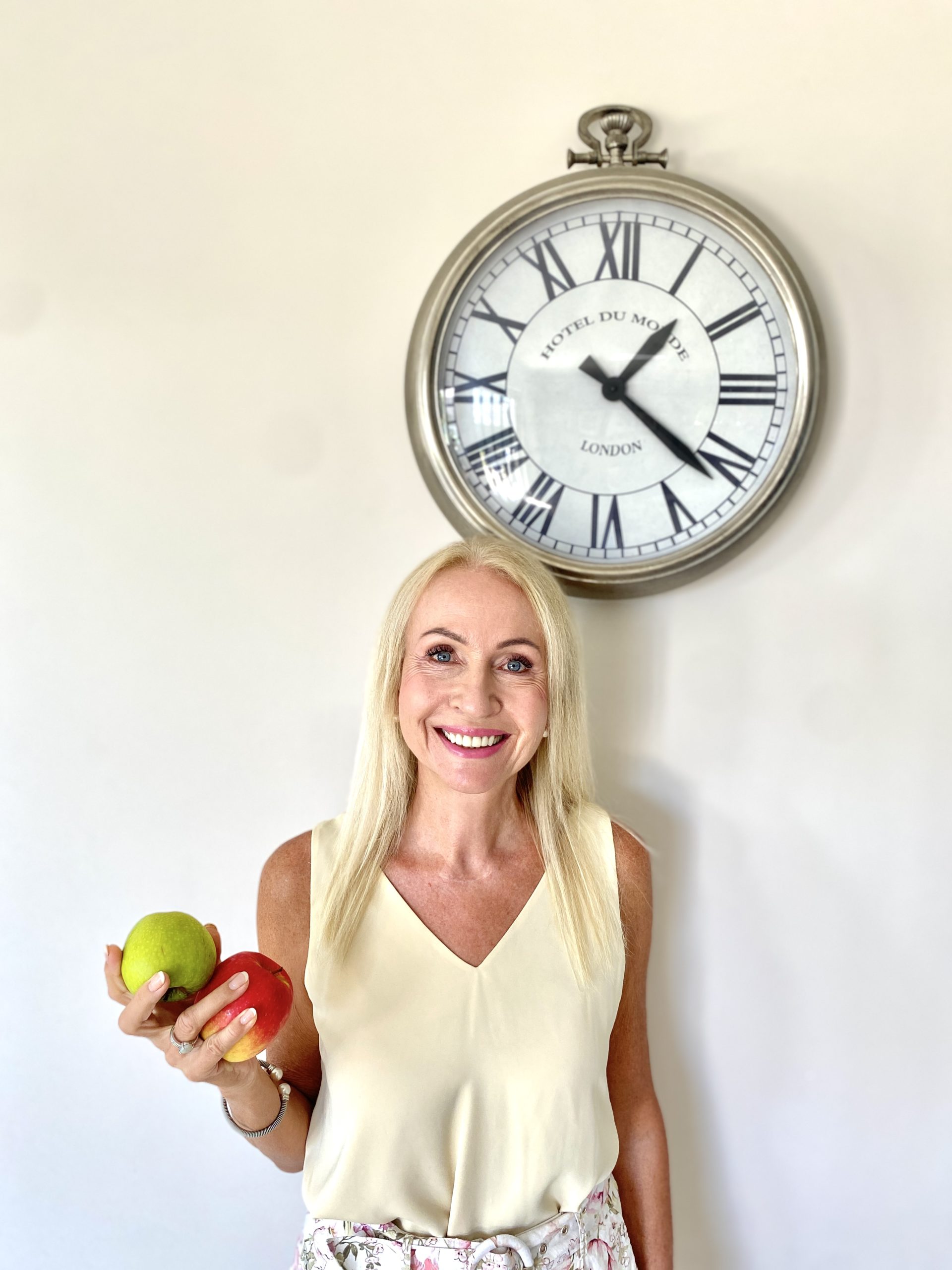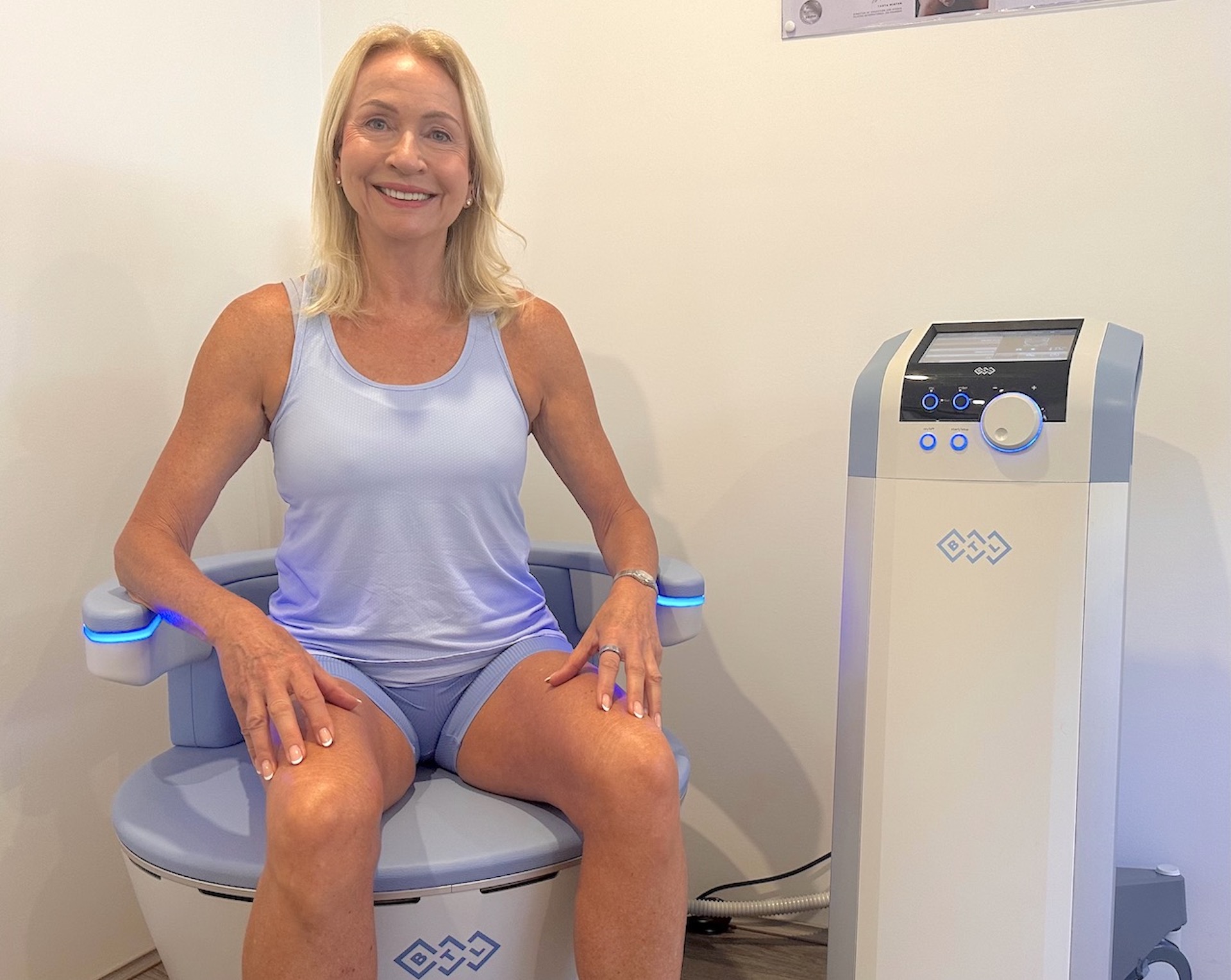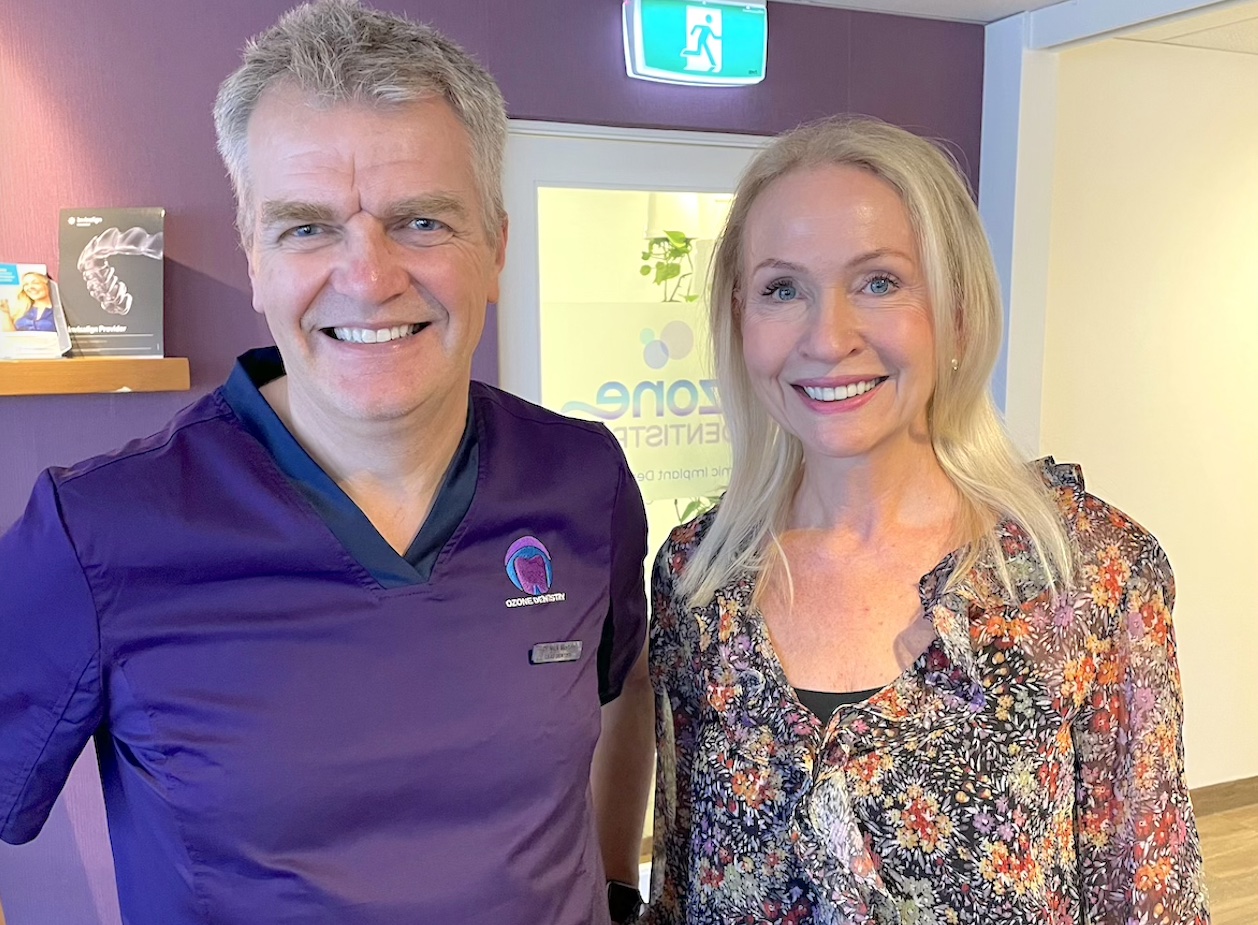Blood donation benefits go way, way beyond saving the lives of others. Wondering why I’m donating blood? If you guessed it was for selfish motives, you’d be right. Though I do like the idea of helping my fellow citizens – and it’s estimated that each 470ml donation can save up to three lives – I mainly do it because it’s good for my own health and longevity.
By donating blood I’m burning calories, reducing my risk of cancer and protecting myself from liver disease, diabetes, atherosclerosis and other signs of heart disease – plus, the fact of helping others has been shown to increase our happiness and improve our mood.

Donating Down Under
Last week, I finally succeeded in donating blood here in Australia. I’d registered as a donor around three years earlier, but was deemed unsafe because of having visited South Africa, a malarial region, within the previous six months. (Odd thing, that: they happily took and used my blood in Durban!)
Anyway, given that I expected to continue visiting South Africa a couple of times a year at least, I was resigned to probably never being able to donate blood in Australia Fair. COVID-19 travel restrictions changed all that, of course, and now my 20-month-lockdown-purified blood is perfectly acceptable.
Vampire Central

Blood donation is done through the Australian Red Cross. There’s a big donor centre in Edgewater, Joondalup, conveniently just 15 minutes by car from home.
Suitably decorated for Halloween – and with the staff dressed to kill, so to speak – the place had a ghoulishly festive air. Halloween is a bit of a cliché for us, acknowledged Jess at Reception, after apologising for none of them being dressed as a vampire.

This big, sparkling new facility is a far cry from the modest little SANBS (South African National Blood Services) facility in Durban North’s Kensington Square shopping centre, where I’ve given blood before.
For one thing, it’s ten times as big, with a comfy reception lobby – where you fill in the required questionnaire on a spiffy tablet – and at least a dozen donor stations (called “lounges” here). It also has a big snacking area where you can choose from a variety of post-suction treats such as cookies, pastries and fruit juices.
“There’s cheese in the fridge,” said Jess; maybe I looked like a cheese-chooser. Instead, I snaffled a hot sausage roll from the warmer. That’s an embarrassing admission from a biohacker who’s trying to be gluten-free and is (mostly) following her own famous low-carb and low-crap diet.

Nearly an armful of blood, and my history of attempts
For that dreadful choice, I blame the brain-draining effects of having just lost nearly an armful of blood. (In case you’re too young to remember, and almost everyone is, this is from The Blood Donor sketch by 1960s British comedian Tony Hancock. “A pint? Why, that’s very nearly an armful…”. Also worth noting is his protest to the “legalised vampire”: If I’ve got eight pints of blood, obviously I need eight pints.)

Like Hancock’s character, I haven’t always been a blood donor.
My first attempt, as a teenager, was rejected because I’d had my ears pierced within the previous six months.
It was ten years before I tried again. At a blood-donation drive in the reception lobby of my workplace in Durban, I ingloriously fainted and had to spend half an hour with my legs higher than my head. That sight may well have gladdened the heart of Anton from Accounts, but the incident put me off for quite a long time.
Who may not donate?
Apart from outlawing the recently tattooed or pierced, and anyone who’s undergone acupuncture or a needle-stick injury, the legalised vampires don’t make it particularly easy to qualify. From the questionnaire you are required to complete – truthfully, please, to avoid a fine or even time in jail – a wannabe donor had better steer clear of the following:
* treatment with human growth hormone prior to 1986
* visiting Papua New Guinea in the past three years
* planning to pilot a plane in the next three days
* “using drugs”
* sex with a new partner who has lived overseas
* sex with a man who you think may have had oral or anal sex with another man
* being a sex worker or having sex with a sex worker.
Helpfully, the document defines a sex worker as someone who has “received payment for sex in money, gifts or drugs”. Give me a minute. Hmm. No… I don’t think so.

photo by Artem Podrez from Pexels

What’s in it for the donor?
Apart from obvious, life-saving benefits to other people, what are the health benefits for the blood donor herself?
Shedding and being able to renew lost blood is part of our makeup, our evolutionary heritage. Men (and women, too) lost blood in battle or on the hunt; and pre-menopausal women need to replace up to 80ml each month.
Here are some proven benefits we know about, according to Dr Sears Wellness Institute.
Keeping us young: By reducing iron stores in the body, blood donation reduces free radicals, decreasing the oxidation stress that causes cell and tissue damage and is part of the ageing process.
Cancer protection, maybe: Reducing free radicals is shown to possibly lower risk of cancers of the liver, bowel, lung and oesophagus – all linked to iron overload.
Burning calories: Donating blood can burn up to 650 calories per pint (470ml) donated – roughly equivalent to that sausage roll and tetrapak of fruit juice most donors consume directly afterwards. Your body uses the energy to replace the lost blood.
Protecting your organs: Excess iron is stored in the liver, heart and pancreas, leading to organ damage. In the liver, it’s associated with diabetes. For the heart, clearing excess iron lowers risk of atherosclerosis, making blood both less sticky and less prone to clotting (when it shouldn’t clot).
More on managing iron levels
Of course, not everyone has too much iron. Only one in an estimated 200 people has the genetic condition haemochromatosis, an iron overload caused by absorbing too much iron from their diet. (This is another fascinating rabbit-hole that this Alice is going to resist going down, at least for now.)
And plenty of people are iron-deficient, which is also a dangerous condition. If you’re anaemic, i.e. lacking in iron, they won’t even take your blood. Before every donation comes a finger-prick test to check that your haemoglobin is within the healthy range.
For much more excellent information, check out Chris Masterjohn PhD’s podcast on managing iron levels: Managing Nutrition Status, Episode 32. My goodness, if you ever wanted a masterclass on iron management, this podcast is it.

Doing the deed
The sight of blood makes me queasy – but it’s a minor prick, and you don’t have to watch the needle go in. Nurse Donna gives me a squeezy thing to help the blood to flow, along with a sheet of suggested leg-tensing and core-restricting exercises to do. I brought my Kindle along, but there’s a telly to watch. And I can’t help noticing that I’m quicker at delivering my pint (470ml) than young whatsisname opposite me. (Not that I’m competitive, of course.)

Donna seems unsure on the benefits of being a donor. I’m not alone in my thinking, though. The centre has regular donors of Indian origin – she understands that they do it as part of their good works, but also because of its rejuvenation benefits.
Interesting! According to everydayayurveda.org, the Ayurvedic tradition includes therapeutic blood-letting – the miracle of Raktamokshana – as a part of Panchakarma therapy. In certain specific cases, Raktamokshana from the jugular vein, no more than 100ml, is said to bring quick relief from acute migraine. Please, please – don’t try this at home!





